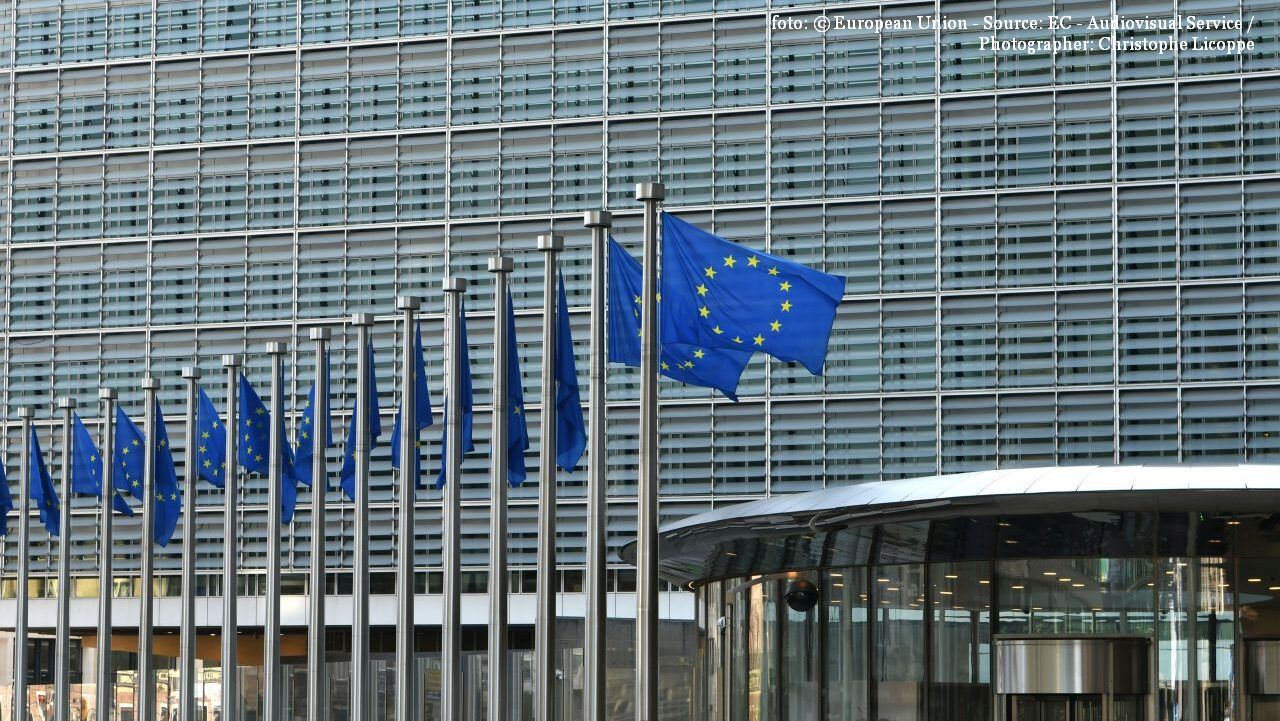Challenges of an ageing population
Romanians are getting fewer and older.

Bogdan Matei, 29.10.2024, 14:00
Romanians are getting fewer and older.
The population of Romania in mid-2024 was 21,779,000, down 1% compared to June 1, 2023. According to the National Statistics Institute, demographic aging is deepening, with the over-65 age bracket now almost 1 million people larger than the under-14 segment. The number of women is at present half a million larger than the number of men, and the national average age is close to 43. This is the radiograph of the current situation. The dynamics, however, is constantly worrying, according to experts. Since the 2011 census until the most recent one, of 2021, Romania has lost approximately one million inhabitants, the president of the National Statistics Institute (INS), Tudorel Andrei, said half a year ago in a debate organized by the media in Bucharest. He pointed out to the sharp aging of the population over the last 30 years (by about 7.7 years on average, but much more pronounced in the case of women), and to the fact that, in the coming years, Romania will very likely change places with the Netherlands and will go down from sixth to seventh in the European Union, in terms of population number.
Economist Ionuț Dumitru, former head of the Fiscal Council, warns that the worst part is that this very sharp decline will be felt, in the coming years, in the segment of the active population. In his opinion, the retirement of those born in the period 1968-1990 – when the communist regime prohibited abortions and discouraged the use of contraceptives – is a very strong shock. Experts also say that Romania’s 65-and-over demographic group is among the fastest growing in Europe, a trend that is expected to continue.
The consequences of an aging workforce become apparent as a smaller workforce group must support a larger community of retirees. This change has far-reaching implications in various sectors, from the economy to healthcare, creating a ripple effect that touches every corner of the Romanian society. Moreover, the birth rate in Romania has been declining for decades, falling below the replacement level needed to maintain a stable population. In the last 35 years, this has almost halved – from about 60 births per thousand women of childbearing age, to 35.
Many young people are leaving the country in search of better economic opportunities, and this exodus worsens demographic imbalances. Finally, commentators point to the inefficiency of the political decision makers. In spite of their declared good intentions, none of the governments in Bucharest, regardless of their ideological color, managed to create programs able to convince the increasingly numerous Romanians in the Diaspora to come back home.






























